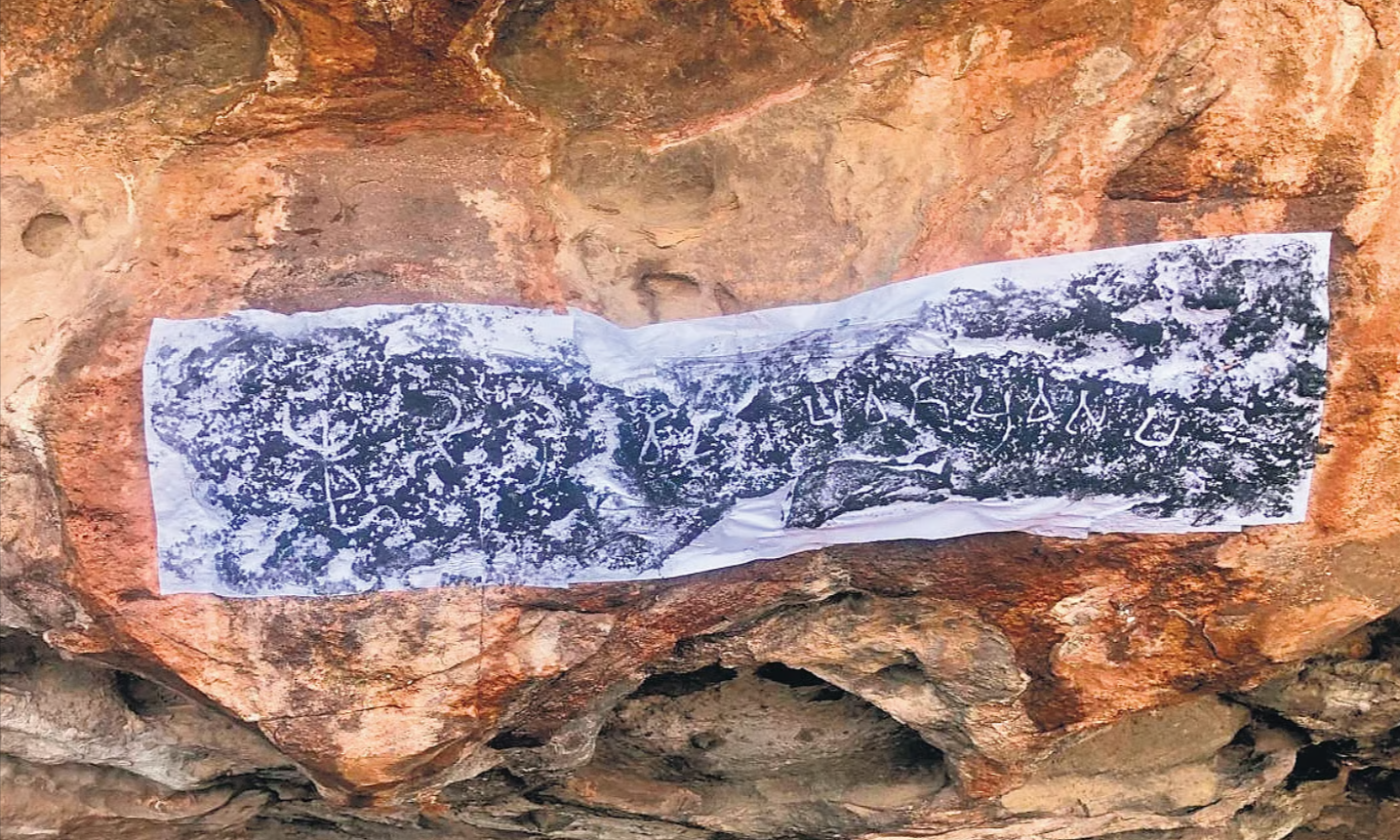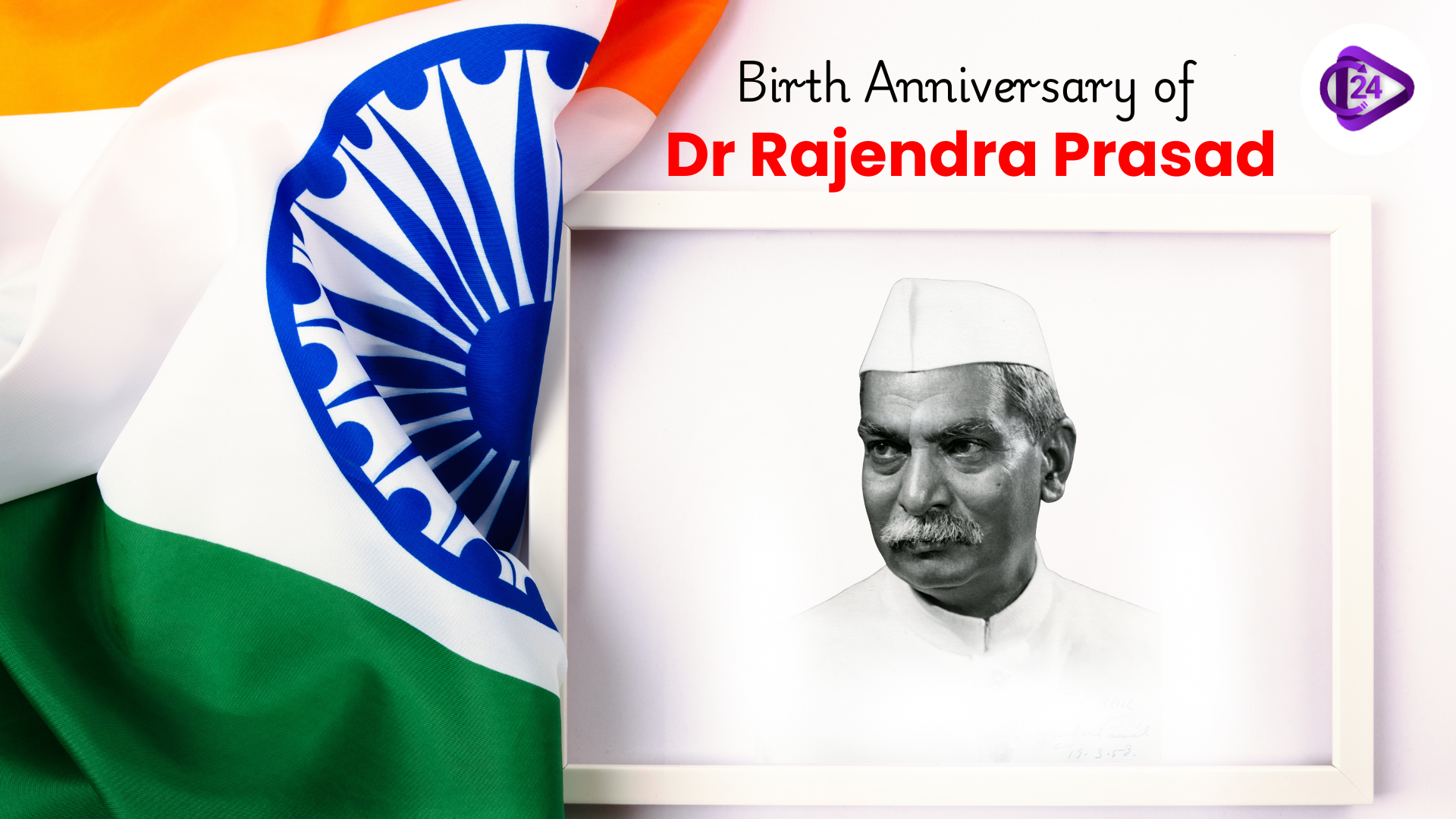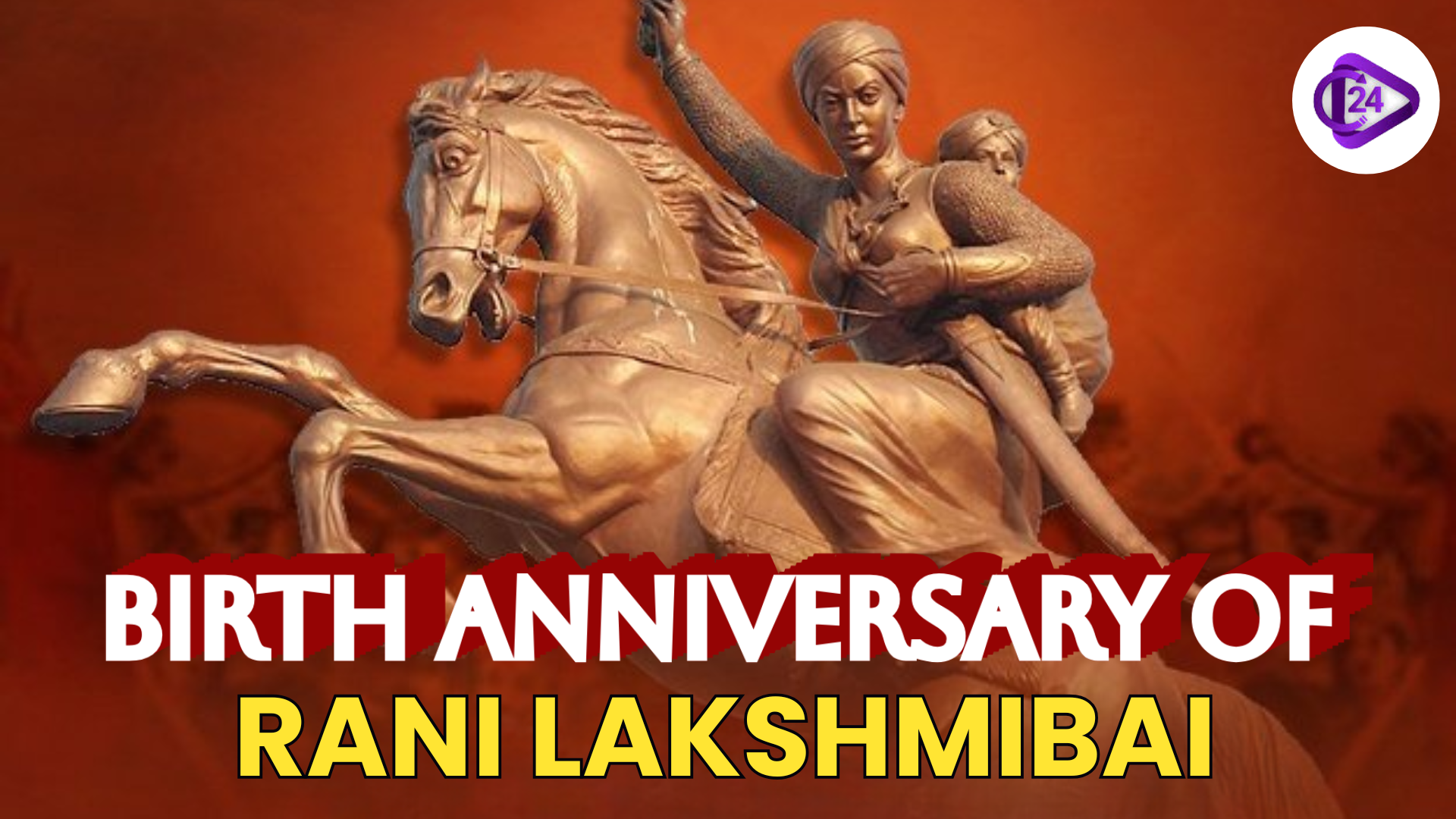
Archaeological Survey of India (ASI) has accomplished the documentation of eleven Satavahana-era inscriptions through epigraphical survey operations at Gundaram Reserve Forest near Peddapalli town. Multiple inscriptions from the first century BCE to sixth century CE deliver multiple historical insights about Deccan's cultural development and political dominions. These findings enable researchers to establish how religious symbols were connected to South Indian political power in ancient times. Additional research on pre-Buddhist practices and political operations during Satavahana times can be developed from these written texts.
Context:
-
Early political and cultural dynamics of the Deccan period are accessible through these inscriptions which focus on the Satavahana period.
-
The Hāritiputra member described in the inscription potentially belonged to the political empire known as "Chutu" and carried out excavation work to establish a Buddhist cave for monks.
-
A special inscription incorporates the religious symbols of trident and damaru to become the earliest recorded use of religious imagery with inscriptions in South Indian history
Key Points
About Gundaram Reserve Forest
-
Location and Accessibility:
-
The forest is itself in Kamanpur Mandal at a distance of 25 kilometers from Ramagundam.
-
Sounds public transport services reach the forest area, which stands adjacent to the Gattusingaram village.
-
-
Archaeological Significance:
-
Several ancient inscriptions discovered at Sitammalodi attract significance to this rock formation within the reserve territory.
-
Early Brahmi script dominates the 11 inscriptions found on Sitammalodi across the first century BCE to the 6th century CE time span.
-
-
Ecological Features:
-
A total area of 966 hectares contains different types of properties that include both agricultural and non-agricultural sections as well as agricultural elements.
-
This region displays a tropical climate, which enables the existence of different floral and faunal species.
-
-
Conservation Efforts
-
Archaeological Survey of India (ASI), together with the Telangana Forest Department, currently documents and preserves the inscriptions.
-
The site's archaeological heritage and ecological value will be defended through further sustainability projects and protection operations.
-
Overview of Satvahana Dynasty:
-
Period: During the 1st century BCE until the early 3rd century AD, the Satvahana dynasty experienced its peak.
-
Influence: During the early period of Indian history, the Satvahana dynasty established itself as a major force that influenced the political control and cultural development of India.
-
Area: The Deccan Plateau was the origin point of this dynasty, which established itself as crucial for the transition between the Mauryan decline and the rise of other southern powers.
Origins and Early History:
-
Origin: Through the splitting of the Mauryan Empire, the Satvahanas formed as a new dynasty.
-
Founder: Simuka originated the Satvahana dynasty while he built his power base in the Deccan Plateau territory.
-
Area of influence: The initial Satvahana government successfully established dominance over contemporary territories which include the areas of Maharashtra, Andhra Pradesh, Telangana along with Madhya Pradesh.
Territorial Extent:
-
During the prosperous era of the Satavahana Empire, the rulers controlled numerous Deccan Plateau regions alongside central Indian regions.
-
During its rule, the empire exercised great influence across South India as it became one of the leading powers in the region.
Religious Beliefs and Practices:
-
Ancestral documents from the Satvahana kingdom demonstrate their status as Brahmanas because they focus on Vedic yajnas (sacrificial rites).
-
Despite their status as Andhras in Puranic literature, the rulers belonged to a mixed population of supposedly lower social strata.
-
Religious tolerance defined the Satvahana dynasty, which provided support to Buddhist establishments while extending their patronage to Buddhist monasteries.
-
The Satvahana royal family supported Buddhist culture through their patronage of Nagarjunakonda and Amaravati in Andhra Pradesh, thus making these sites two prominent centers of Buddhist scholarship.
Support for Buddhism:
-
Through their extensive patronage the Satvahanas actively prospected Buddhism across the Deccan region together with its surrounding territories which led to numerous Buddhist sites being built as Buddhist teachings spread.
Literary Contributions:
-
Through their cultural patronage, the Satvahana dynasty preferred officially using Prakrit over Sanskrit despite its Sanskritvada culture and heritage.
-
Hala’s “Gatha Sattasai”, an anthology of Prakrit poetry, stands as a major literary achievement of this period.
-
The entire corpus of Satvahana inscriptions relied on the Prakrit language together with Brahmi script to both establish connection with the common populace while simultaneously championing local linguistic traditions.
Cultural Impact:
-
The Satvahanas selected Prakrit above Sanskrit in official uses to demonstrate their dedication toward maintaining Deccan regional cultures and languages which shaped the ongoing cultural advancements of the region.
Conclusion:
The Satavahana-era inscriptions found at Gundaram forest in Telangana expand the comprehension of historical events occurring during the first stages of the region's development. Through inscriptions we gain important information about politics as well as how religious symbolism merged with political rule at an early stage. The examination brings new knowledge to Deccan historical studies about Satavahana political structures and cultural patterns while showing that analyzing ancient documents remains crucial for historical investigations.



 Chhattisgarh Gets Its First Ramsar Site with Kopra Reservoir Declaration
Chhattisgarh Gets Its First Ramsar Site with Kopra Reservoir Declaration Birth Anniversary of Dr Rajendra Prasad
Birth Anniversary of Dr Rajendra Prasad Tessy Thomas Achieves Major Recognition With Dr Paulos Mar Gregorios Award 2025
Tessy Thomas Achieves Major Recognition With Dr Paulos Mar Gregorios Award 2025 Ramban Sulai Honey GI Tag: A Major Win for Traditional Beekeeping
Ramban Sulai Honey GI Tag: A Major Win for Traditional Beekeeping India Secures Third Rank in Asia Power Index 2025
India Secures Third Rank in Asia Power Index 2025 Constitution Day of India 2025: History, Meaning and Timeline Explained
Constitution Day of India 2025: History, Meaning and Timeline Explained India Launches ₹7,280 Crore Initiative to Develop Rare Earth Magnet Manufacturing
India Launches ₹7,280 Crore Initiative to Develop Rare Earth Magnet Manufacturing Assam Government Introduces Bill to Ban Polygamy with Strict Penalties
Assam Government Introduces Bill to Ban Polygamy with Strict Penalties Guru Tegh Bahadur Martyrdom Day 2025 A Tribute to Courage and Spiritual Strength
Guru Tegh Bahadur Martyrdom Day 2025 A Tribute to Courage and Spiritual Strength India Pays Tribute to the Birth Anniversary of Rani Lakshmibai
India Pays Tribute to the Birth Anniversary of Rani Lakshmibai






